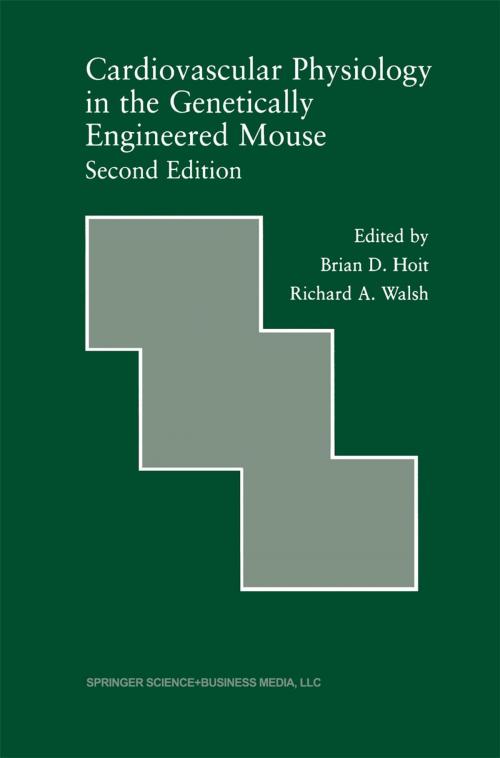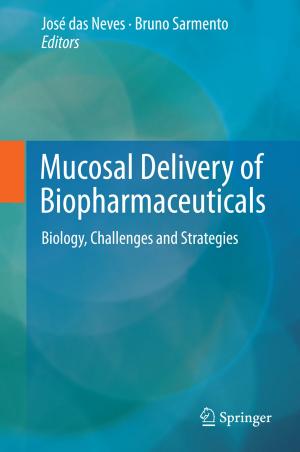Cardiovascular Physiology in the Genetically Engineered Mouse
Nonfiction, Science & Nature, Science, Biological Sciences, Biochemistry, Zoology| Author: | ISBN: | 9781461516538 | |
| Publisher: | Springer US | Publication: | December 6, 2012 |
| Imprint: | Springer | Language: | English |
| Author: | |
| ISBN: | 9781461516538 |
| Publisher: | Springer US |
| Publication: | December 6, 2012 |
| Imprint: | Springer |
| Language: | English |
The enormous advances in molecular biology and genetics coupled with the progress in instrumentation and surgical techniques have produced a voluminous and often bewildering quantity of data. The need for a second edition of Cardiovascular Physiology in the Genetically Engineered Mouse is underscored not only by these rapid advances, but by the increasing numbers of scientists who have focussed their research on genetically engineered mice. It is the primary objective of this second edition to interpret critically the literature and to provide a framework for the enormous amount of information in this burgeoning field. As in the first edition, the monograph serves as a practical guide for the investigator interested in the functional methods used to characterize the murine cardiovascular phenotype. However, this guidebook is a more comprehensive text than its predecessor; although the major objectives enumerated in the first edition have not substantially changed, they have been refined in keeping with the increased sophistication of the molecular biologist, geneticist, and physiologist in each other's discipline. Each chapter has been expanded and updated, richly enhanced with original tables and figures, and in many cases, extensively rewritten. Eight chapters written by internationally recognized experts have been added; this represents a 43 % increase from the first edition.
The enormous advances in molecular biology and genetics coupled with the progress in instrumentation and surgical techniques have produced a voluminous and often bewildering quantity of data. The need for a second edition of Cardiovascular Physiology in the Genetically Engineered Mouse is underscored not only by these rapid advances, but by the increasing numbers of scientists who have focussed their research on genetically engineered mice. It is the primary objective of this second edition to interpret critically the literature and to provide a framework for the enormous amount of information in this burgeoning field. As in the first edition, the monograph serves as a practical guide for the investigator interested in the functional methods used to characterize the murine cardiovascular phenotype. However, this guidebook is a more comprehensive text than its predecessor; although the major objectives enumerated in the first edition have not substantially changed, they have been refined in keeping with the increased sophistication of the molecular biologist, geneticist, and physiologist in each other's discipline. Each chapter has been expanded and updated, richly enhanced with original tables and figures, and in many cases, extensively rewritten. Eight chapters written by internationally recognized experts have been added; this represents a 43 % increase from the first edition.















